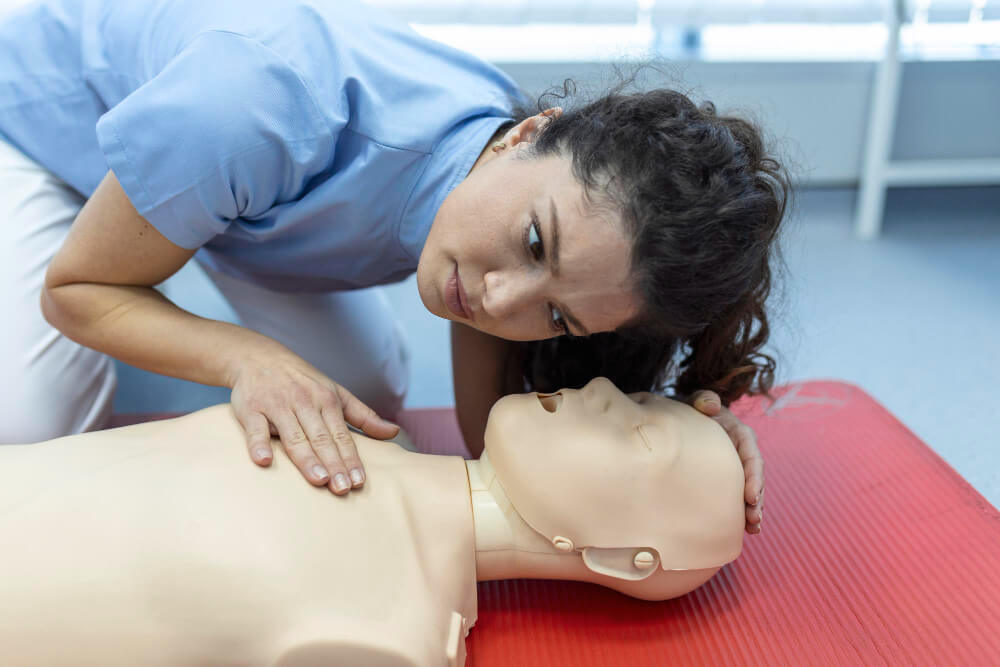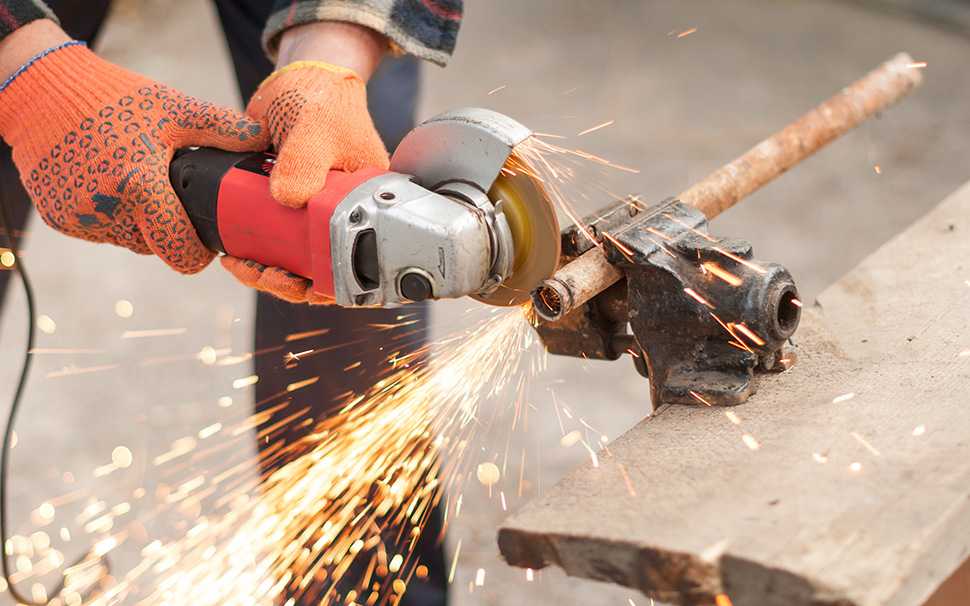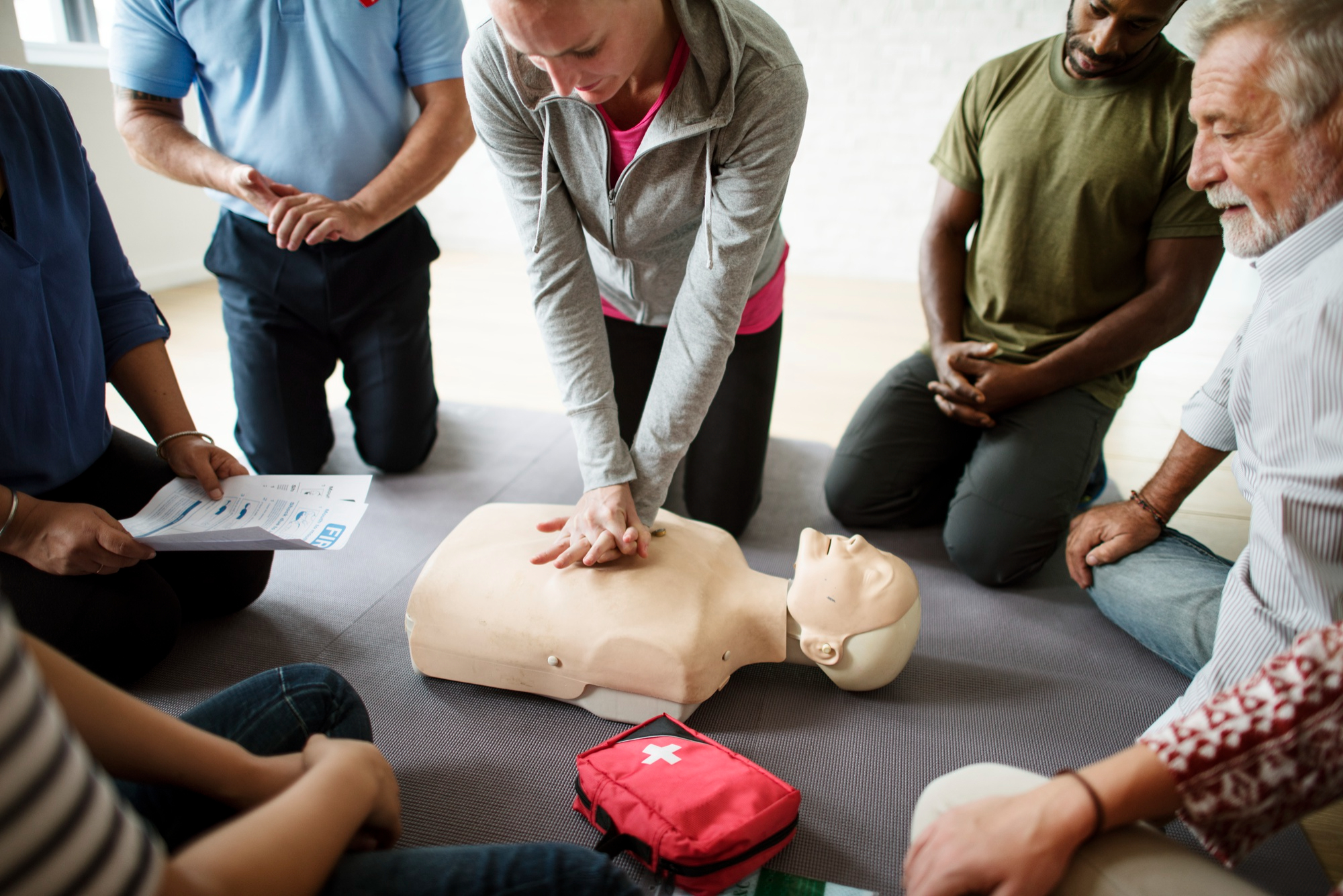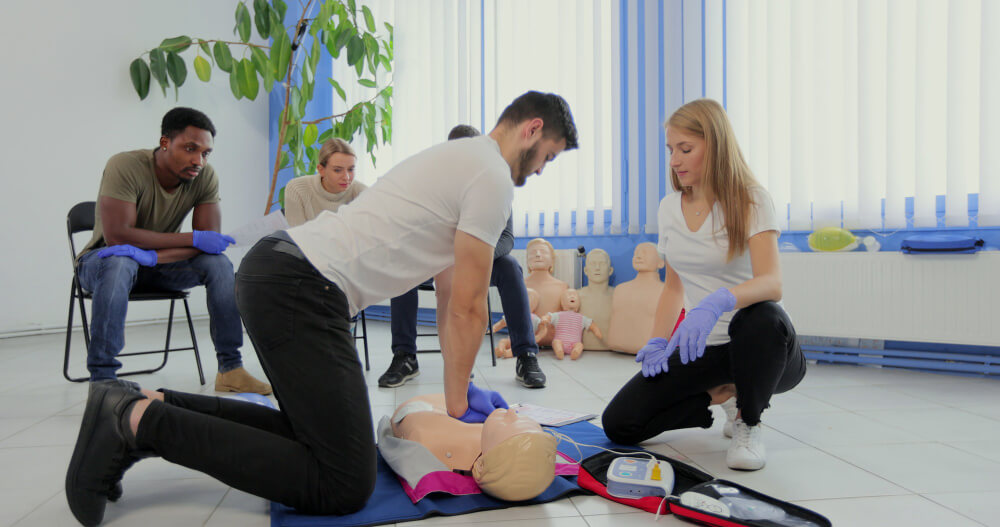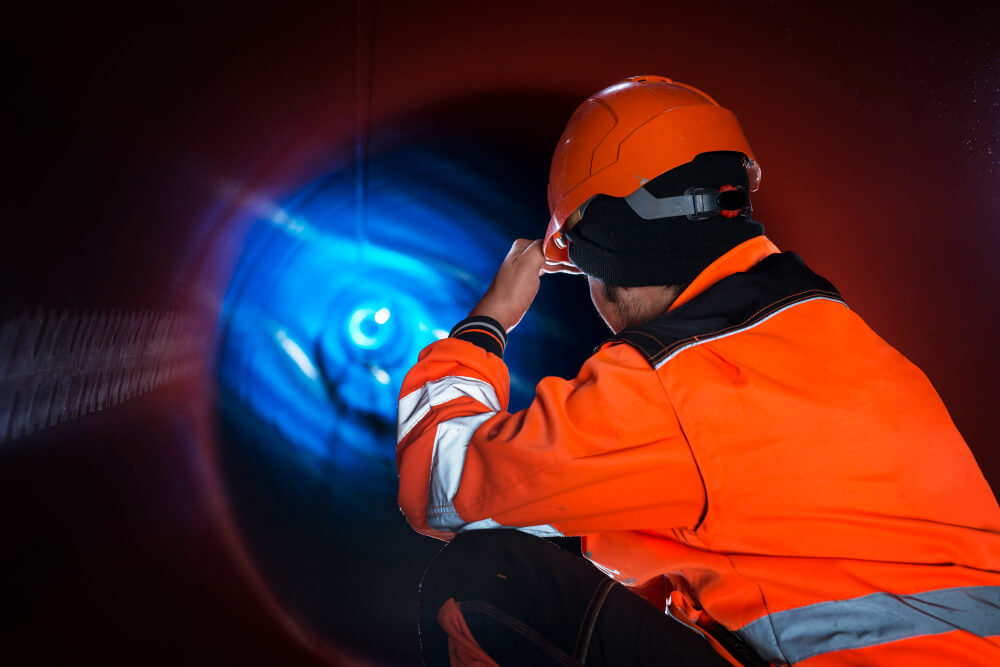The ABC Rule in First Aid Training
When completing first aid training, it can feel like there is a lot to remember. From performing chest compressions, to contacting the emergency services, in an emergency situation it’s important to have strategies in place to avoid overwhelm, so you can do the right things until professional help arrives.
This is where memory aids such as the ABC rule come in. Also known as “DR ABC” or the primary survey, the ABC rule provides an efficient method for patient assessment, giving you clear guidance for what you need to do when, in order to preserve life and promote recovery in an injured person.
At ASM Group, we pride ourselves on being leading providers of the highest quality first aid training. Here is our guide to the ABC rule and how to use it.
Important Note: The information provided in this blog is intended to depict actions that a trained first aider would typically take in response to certain situations and is for educational purposes only and should not be considered a substitute for professional medical advice, diagnosis, or treatment. It is crucial to seek proper training from a certified first aid professional before attempting any first aid techniques or procedures. Always consult with a qualified healthcare provider for personalized guidance and to ensure your actions align with your specific circumstances.
What does ABC stand for in First Aid Training?
The ABC rule provides you with a framework for gaining an initial assessment of the injured person. ABC stands for Airway, Breathing, and Circulation.
A is for Airway
Your first move is to check that they have a clear airway. Gently tilt their head back, using one hand on their forehead and another under their chin.
If they are unresponsive, it is vital that you move on to tackle their breathing straight away.
B is for Breathing
Is the person breathing normally? Listen for their breath with your ear above their mouth, looking at their body for the chest rise movement of normal breathing, for 10 seconds.
If you do not think they are breathing, call the emergency services straight away. You will need to start performing CPR, and you should ask someone else on the scene to bring an Automated External Defibrillator (AED) too.
If the casualty is breathing normally, move on to circulation.
C is for Circulation
The next step is to check if they are bleeding heavily.
If they are experiencing severe blood loss, you will need to try and staunch the blood flow by applying direct pressure to the wound. You should also call the emergency medical services straight away.
If they are unresponsive but breathing, and with no bleeding, you should still treat this as a medical emergency. Put the person in the recovery position and contact the emergency services.
What variations are there on the ABC rule?
It can be useful to remember a slightly longer phrase, DR ABC. This adds two additional points to your first aid practice. Before moving on to the ABC part of the process, check for:
D – Danger
Before approaching the casualty in order to administer first aid, you should always check that the area is clear from danger.
R – Response
Is the injured person responsive? The first thing you should do when approaching them is to talk to them. Introduce yourself, ask them their name, ask them to open their eyes. When you reach them, gently hold their shoulders and repeat your questions.
If they reply, or give some kind of gesture that they have heard you, then they are responsive.
If they don’t communicate in any way, they are unresponsive and the situation requires immediate attention.
Are you looking for first aid training in Ireland?
ASM Group is a leading provider of safety training in Ireland. We offer health and safety training courses both on a public and private basis nationwide. We also provide industry specific training and bespoke training courses for our broad base of clients, both in Dublin and throughout Ireland.
Our first aid training courses are delivered in the classroom in ASM training venues as well as on our client sites. Our consultants deliver their expertise in national safety regulations compliance, risk assessment, and occupational safety at our training centres, as well as directly in the workplace. Additionally, we provide training courses online via live webinars to ensure our client training requirements are met.
Disclaimer: The information provided in this blog is intended for educational purposes only and should not be considered a substitute for professional medical advice, diagnosis, or treatment. It is crucial to seek proper training from a certified first aid professional before attempting any first aid techniques or procedures. Always consult with a qualified healthcare provider for personalized guidance and to ensure your actions align with your specific circumstances.
